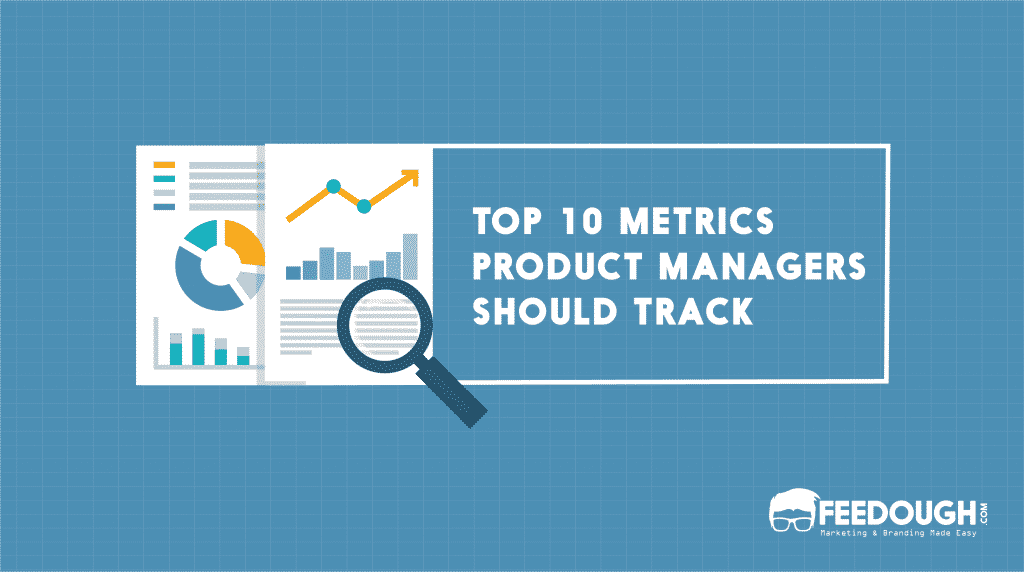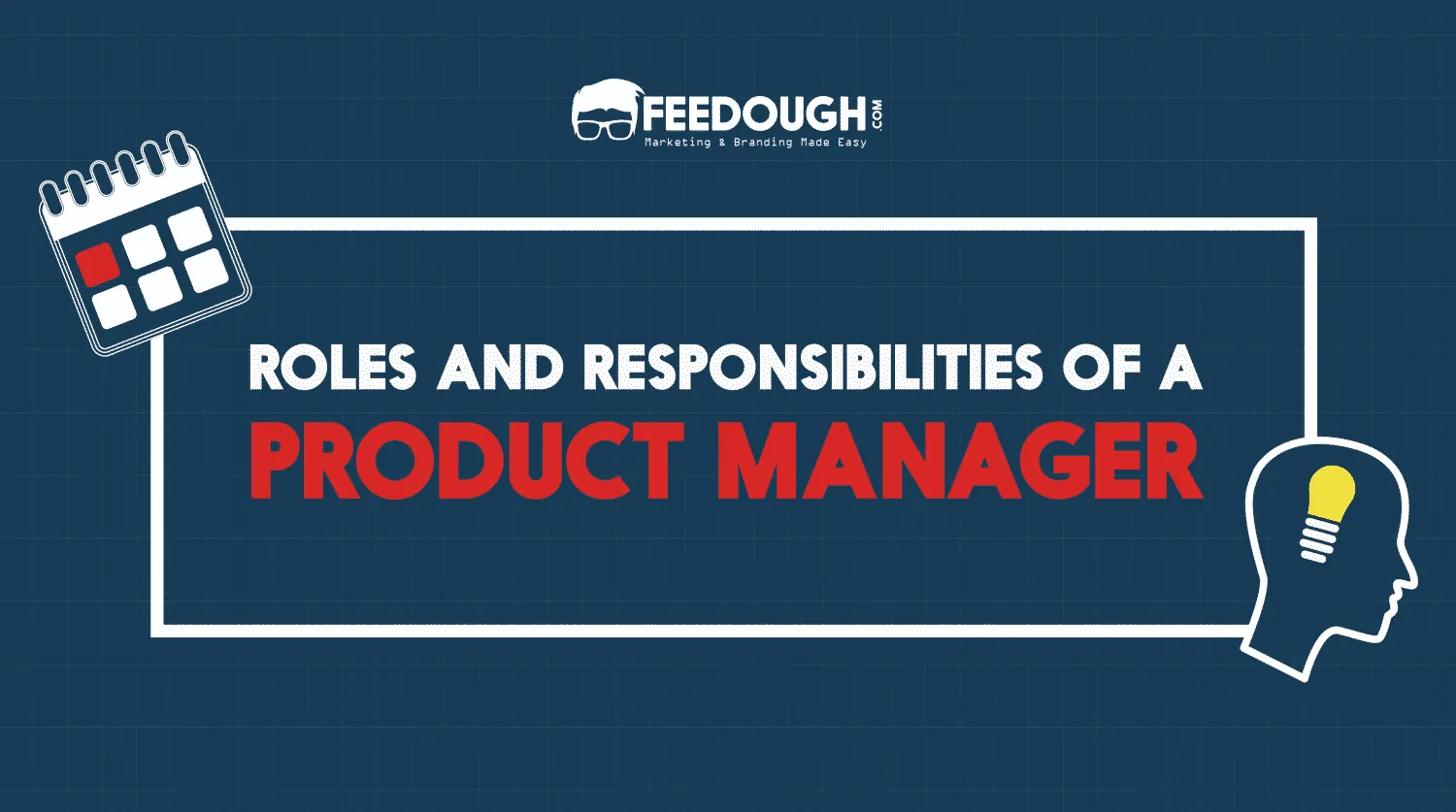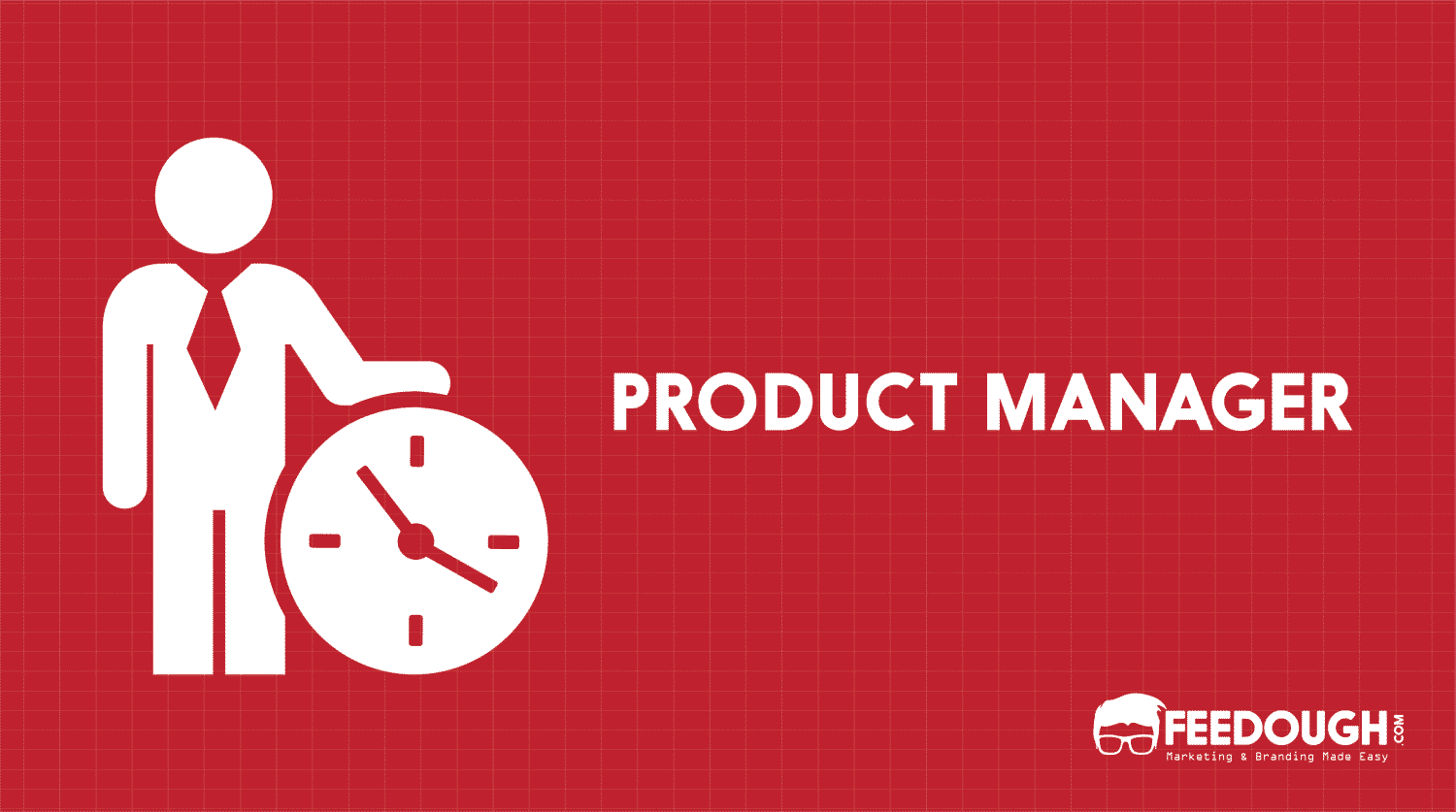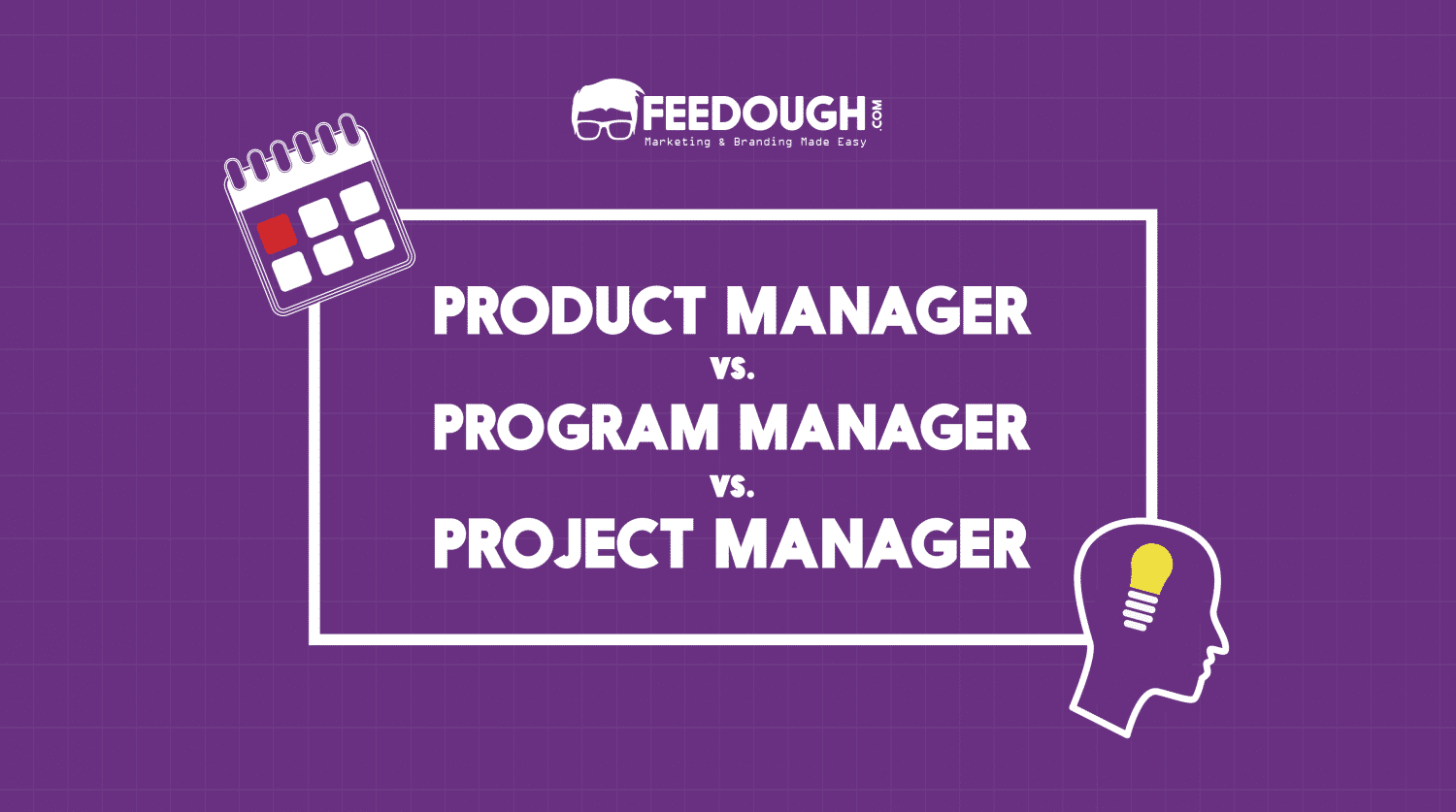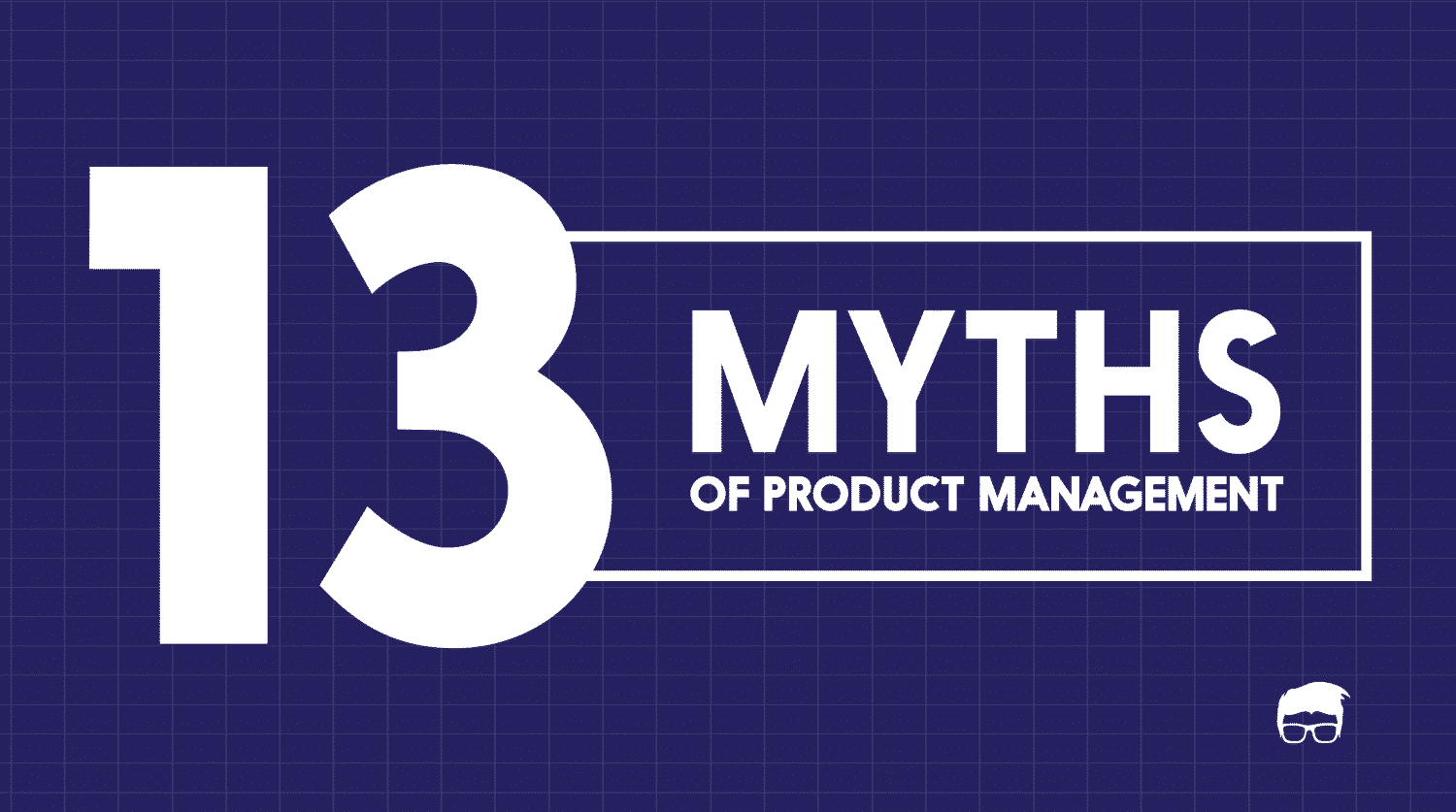How can a Product Manager ensure that his product stays ahead in a crowded market?
How can a small, emerging business take on the biggies with its product?
How to make the right use of all the data that every customer interaction generates?
Product Management is becoming increasingly data-driven with every passing day. The role can be very challenging and data can help a Product Manager stay ahead of the competition. Numbers can make a lot of difference and make you look smarter too!
But with so much data around you, how do you know what is useful and what needs to be chucked?
Let’s find out.
Here are the top 10 product metrics that Product ManagersProduct Managers should know and track:
Customer Lifetime Value (LTV)
As the name suggests, it is the estimated value generated by a customer over their lifetime, before they churn. It is the amount of net profit (revenue in some companies) that you can generate from a customer over his lifetime. You get this value by multiplying the average profit per month from a customer with the average lifetime of a customer in months.
Customer Acquisition Cost (CAC)
Every business needs to scale profitably and a Product Manager needs to understand how to do so. Acquiring customers is a big cost associated with every business. Customer Acquisition Cost or CAC is the estimated cost of getting one new customer. For example, if for every $1000 that you spend on a campaign, you get 10 customers then your CAC will be $100 for each customer. Understanding CAC is crucial if you want to focus on the sustainability of your product or business in the long run.
Customer Conversion Rate
The Customer Conversion Rate is a great metric to know how well you are doing to turn prospects into customers of your product. A small increase in the customer conversion rate can increase your revenues significantly. It is the percentage of prospects who end up converting to paid customers. It is measured by taking the number of new customers added a particular month and dividing that by the number of leads added during that month.
Average Revenue Per User (ARPU)
Average Revenue Per User or ARPU is the amount of money you get from a customer on an average every month. If your pricing remains constant and yet you are getting more ARPU with every passing month, it means what you and your team is doing to generate more value, is working. Better marketing and customer support can help in this regard.
Churn Rate
Churn Rate is the percentage of customers who stop using your product every month. To get the churn rate, you have to divide the number of customers lost in a month by the previous month’s total customers. It is a good indicator of product health and is absolutely critical for monthly subscription products. You cannot make your churn rate zero as no matter how good your product is, some customers will still leave. What you can definitely do is keep the churn rate healthy and continuously strive to make the product better to lower it.
Monthly Recurring Revenue (MRR)
Monthly Recurring Revenue or MRR means the revenue your product gets from the customers every month. It should include both New MRR and Add-on MRR. New MRR helps you get an idea of the revenue generated through new customers every month and Add-on MRR measures the revenue generated through add-ons such as additional product purchases. Add-on MRR is a good indicator of whether your customers find your product useful or not and if they are willing to increase their engagement with the product by investing more in it.
Bounce Rate
Bounce Rate is the percentage of visitors who land on a page but do nothing and leave. It is good for measuring the performance of specific landing pages.
Dwell Time
Dwell Time is the amount of time a user spends in a single session on average. Dwell time can indicate how engaging your content or product is. Digging deeper into this metric can help find many anomalies.
Net Promoter Score (NPS)
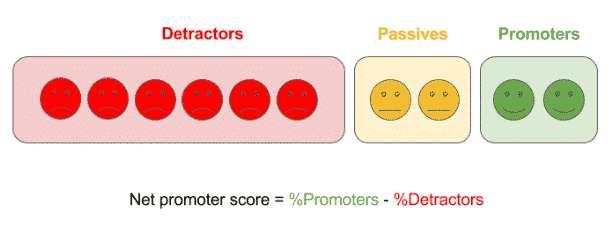
For your product to grow, your customers need to become promoters. Net Promoter Score or NPS uses the question “How likely are you to recommend the product to someone” and asks the respondents to rate it on a scale of 1-10. Promoters are the ones who rate it in the range of 9-10 and detractors in the range of 1-6. Subtracting the percentage of detractors from that of the promoters gives you the NPS. It is to be noted that NPS is not a percentage but a whole number.
NPS is a great indicator to know what your customers think of your product. Reviewing it monthly can help you know what you are doing right or what you need to improve. A low NPS can be a great motivator to get more feedback from your customers about your product.
Organic v/s Paid Traffic
Measuring traffic to your app or website from both organic and paid channels is necessary to understand how your product is growing. It helps you make better decisions about your marketing campaigns.
Having mentioned these metrics does not mean other metrics are not important. Some might be even more important depending on the type of business you are in, for example, Cost per Thousand Impressions (CPM) in advertising or Average Order Value (AOV) in e-commerce. Metrics are an extremely important part of a Product Manager’s life. Once you become comfortable dealing with them, it will become much easier to apply the insights derived from them for the betterment of your business in terms of making product decisions, spotting future trends and evolving your product roadmap vis-à-vis the competition.
Go On, Tell Us What You Think!
Did we miss something? Come on! Tell us what you think about our article on Top 10 Metrics Every Product Manager Should Know & Track in the comments section.
Product Guy. Introverted Marketer. Engineer by education. Movie and TV Geek by nature. Can be seen reading comics and non-fiction books when not binging on movies and Netflix shows. Pop-culture junkie. Out and out foodie. Wee bit self-obsessed.”
